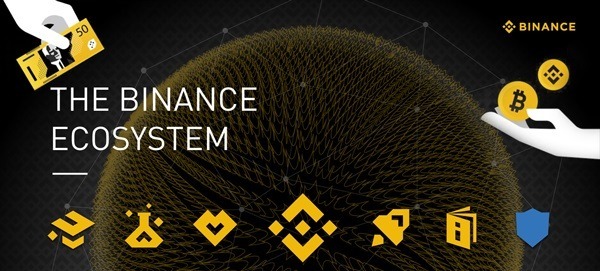The following is a guest post from John deVadoss, Co-Founder of the InterWork Alliancez.
The crypto universe is currently obsessed with generative AI, with the notion of “Agents,” putatively powered by crypto “rails” and coordinated via on-chain smart contracts. This is not a good idea for the simple reason that one cannot build “Agents” on the stochastic quicksand that is a Large Language Model (LLM). LLMs have a role to play with respect to the creative generation of ideas and content (e.g., code); however, the same creativity manifests via malicious latent behavior, i.e., deception. Caveat venditor.
It is also in vogue to discuss quantum computing—towards post-quantum encryption and “futureproofing” crypto protocols. Elliptic-curve cryptography, as currently implemented, is a risk, yes; however, much of the remaining surface area is at best subject to polynomial scale threats, and access to quantum will likely result in lifting all boats (e.g., Proof of Work becomes that much harder for everyone). But here is the nub: real-world quantum computing is a few decades away. Hakuna Matata.
While we are distracted by these shiny new objects, core design priorities, choices, and trade-offs are accumulating rust and are at risk of becoming “good enough” when they should be aggressively reexamined. I list 10 of these below:



